Unique dishes that the emperor of the Forbidden City ate every day, including today's hottest drinks
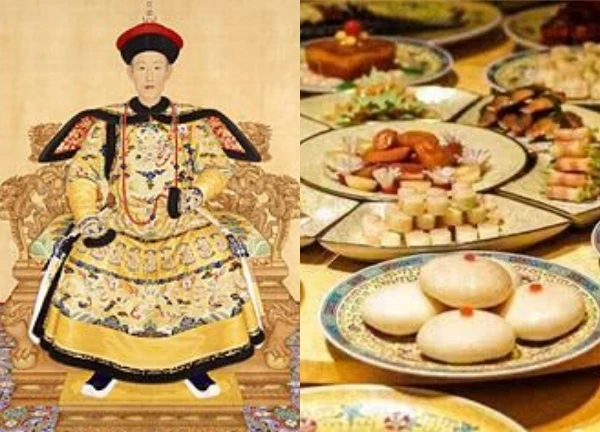
1 | 1 Discuss | Share
Many historical documents and memoirs have fully recorded the dining rules of the emperors in the Forbidden City. Were these meals really as luxurious as in the movies?
During the feudal period, the Emperor was always considered the Son of Heaven, the head of the world, with the most luxurious and fulfilling life. In television dramas and cultural products, people always imagined that the Emperor's daily meals must be like a grand banquet, full of delicacies, extremely nutritious and extremely expensive.
To this day, there are still many historical documents recording life in the Forbidden City during the Qing Dynasty - the last feudal dynasty of China. Many of them have described the Emperor's daily meals in detail and it was actually more elaborate than we ever imagined.
With only two main meals a day, the Qing Dynasty Emperor still spent thousands of taels of silver on food.
It is not difficult to see that, whether in historical records or on television dramas, the Emperors were all characters who sat on the world's gold and silver mountains and naturally enjoyed delicacies every day. The Qing Dynasty kings were no exception.
For example, in the memoir "The First Half of My Life" written by the last Emperor Pu Yi, he once described that when he was emperor, his food expenses alone amounted to 14,794 taels of silver per month. Just looking at this number, people cannot imagine the luxury.
But when compared to common people, people will know how "terrible" it is. During the Qianlong period, the average monthly income of ordinary people was about 2 to 3 taels of silver. That means that each meal of the emperor could be equal to a year's income of a commoner.
However, the diet of the Qing Dynasty kings, concubines, and nobles was also different from previous eras because they were Manchu people in the Northeast. Every day, the Emperor only ate two meals: breakfast at 6am and the main meal at 12pm. Of course, if they were hungry afterwards, they could also have a snack, and the meal times were not fixed.
If the Emperor suddenly wanted to eat something, the Imperial Kitchen would have to immediately prepare it and present it to him. That was why the palace chefs were always on standby.
The Truth Behind the Sky-Highly Priced Meals of the Qing Dynasty: Where Does the Waste and Expense Come From?
However, for the Qing Dynasty emperors in particular, what they valued most was not the taste or the value of the food, but its safety. The process of testing the emperor for poison before each meal was truly a complicated and expensive step.
According to the family rules passed down since the founding of the country, the Qing emperors would only have four palace maids by their side whenever they ate. Among them, there would be an elderly eunuch responsible for serving food to the emperor. Before the emperor ate, this eunuch would have to test all the dishes for poison, then personally taste them to test before serving them to the emperor to enjoy.
The Emperor’s meals were also very clearly regulated in terms of the number of dishes. A normal meal would have at least eight main dishes along with many types of porridge. The total amount of food in each meal would usually be up to twenty or so. Although these dishes would sometimes be given to the harem, in the end, most of the delicacies in the Emperor’s meals would be wasted.
Because the Qing Dynasty royal family had a family rule, the Emperor was absolutely not allowed to eat more than 3 bites of each dish when eating. This rule was established to prevent the Emperor's preferences from being revealed, thereby preventing people with bad intentions.
The ingredients used to cook in the royal palace must clearly be the freshest, highest quality, and have a clear origin. The dishes used to hold food are all gold plates and silver cups. Specifically, soups must always be placed in deep bowls with silver lids, silver-plated bowls, jade spoons... Therefore, the king's meals are not only expensive in terms of ingredients but also in many other "extras".
Among the rulers of the Qing Dynasty, the person who possessed the most lavish and wasteful eating habits was the Empress Dowager Cixi. During her lifetime, Cixi specially set up a Shou Shan room to prepare her own meals. Her private kitchen had a total of 54 kitchens, each equipped with a specialized chef.
With such a large number of chefs, Tu Hi's Tho Thien room could prepare more than 4,000 dishes of all kinds and more than 400 specialty dim sums from all regions. Just providing ingredients and paying the chefs to prepare these dishes cost the Qing Dynasty's treasury a considerable amount of money.
In addition, each meal of Tu Hi was even more luxurious than that of previous emperors. Her usual meal had more than a hundred dishes, not to mention at least 20 types of fruit and snacks.
Not stopping there, the food for the Western Empress Dowager was not even placed on the table but had to be personally presented by her trusted eunuchs. For an old Buddhist with an erratic mood like Tu Hi, there were many dishes that she only gave a glance at without touching with chopsticks and had to be thrown away.
From the above evidence, it can be said that the standards and costs for meals of the Qing Dynasty royal family were indeed so elaborate and expensive that they made later generations shake their heads in dismay.
Li Lianying's sister revealed the shocking secret about Cixi's death, shocking everyone who heard it. 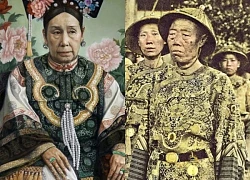 Phượng Vũ19:40:36 28/01/2025After the death of Empress Dowager Cixi, her death has always been a mystery that has made future generations curious. Later, her sister Li Lianying revealed something related that surprised everyone.
Phượng Vũ19:40:36 28/01/2025After the death of Empress Dowager Cixi, her death has always been a mystery that has made future generations curious. Later, her sister Li Lianying revealed something related that surprised everyone.

1 | 1 Discuss | Share
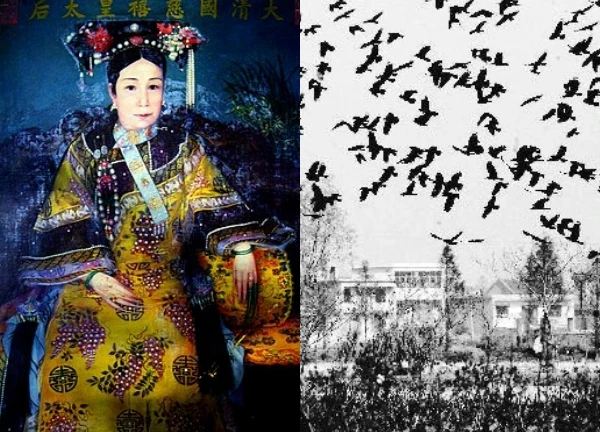
1 | 1 Discuss | Share
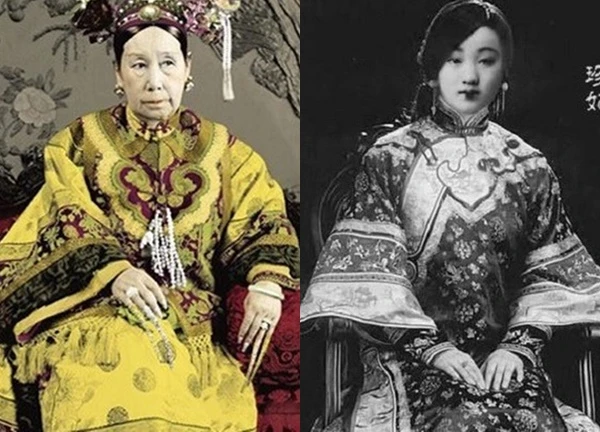
2 | 1 Discuss | Share
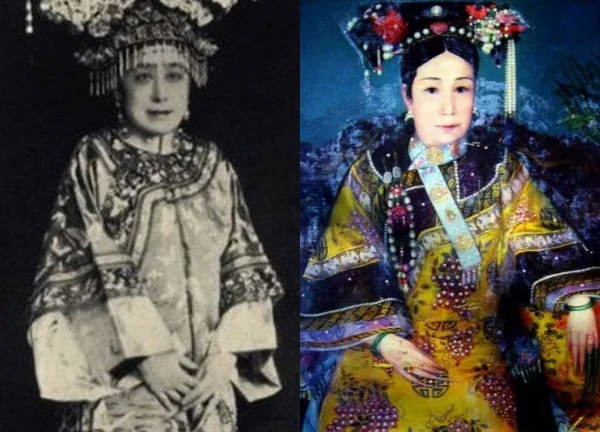
1 | 1 Discuss | Share
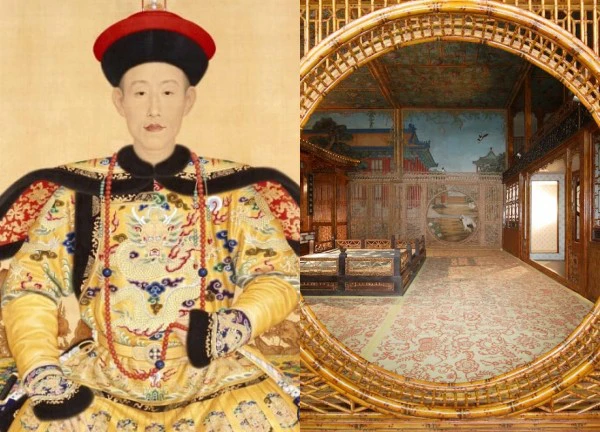
1 | 1 Discuss | Share
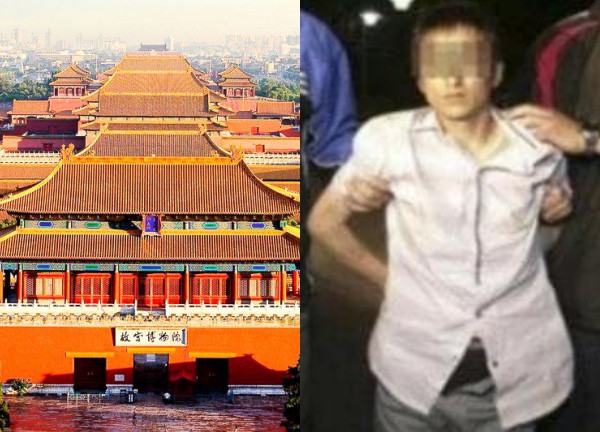
4 | 1 Discuss | Share

1 | 1 Discuss | Share
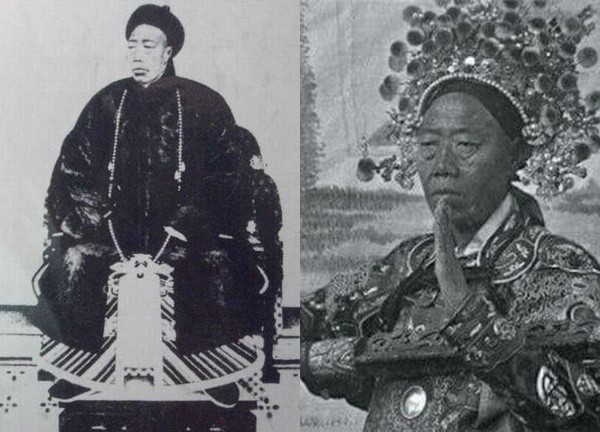
5 | 0 Discuss | Share
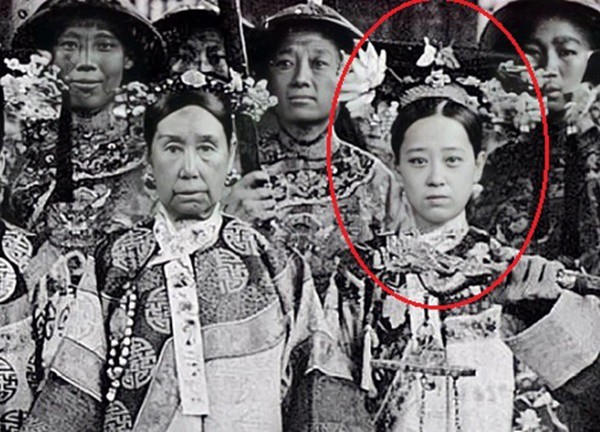
3 | 0 Discuss | Share
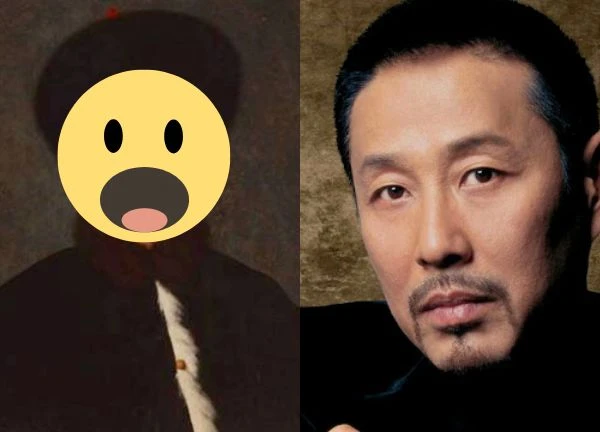
3 | 0 Discuss | Share
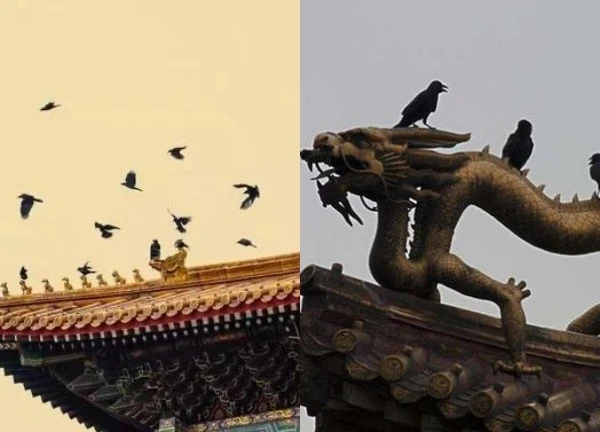
3 | 0 Discuss | Share
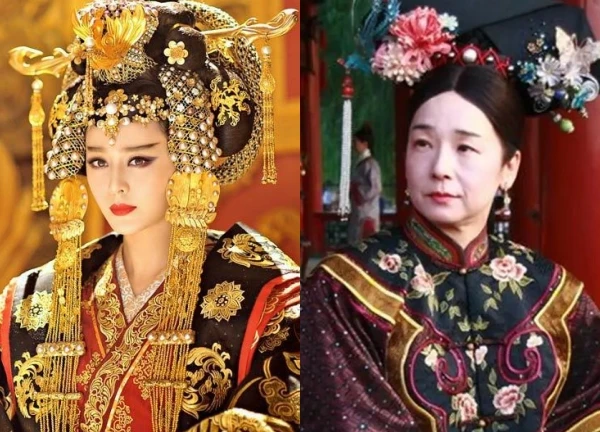
1 | 0 Discuss | Share
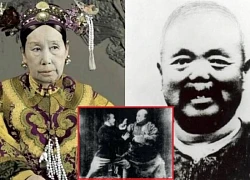


2 | 0 Discuss | Report